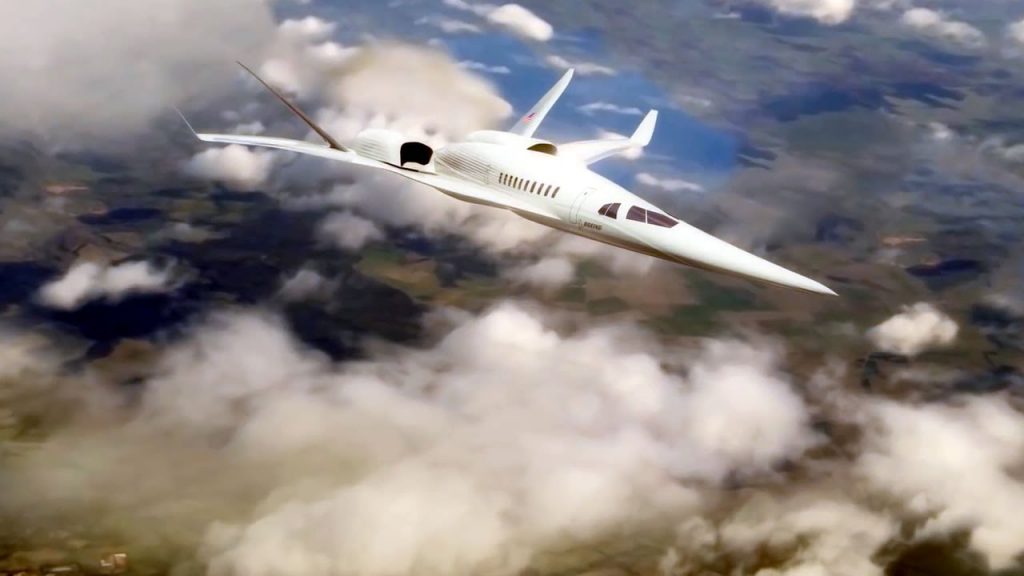The inception of airplanes made the world a small place where the people could commute from one place to another located hundreds and thousands of miles away within hours thus, cutting the excess time it took to commute when airplanes weren’t a thing in the past. But there are many issues that make the airplane a not so suitable choice to travel such as the harmful greenhouse gases that these flying machines emit along with a lot of noise. In fact, the noise one could hear near an airport is so annoying that it has been related to learning disability in kids while adults have become prone to strokes and heart attacks.
But things might change very soon. NASA – the United States’ space agency – recently conducted a large-scale experiment on hushing the sound produced by jet engines that might pave way for future supersonic flights. Supersonic jets produce sonic boom which is a loud thunderclap sound when shock waves collapse onto one another when the jet is traveling at a speed greater than the speed of sound. The sound is so loud that it can be heard on the ground and that too very loud and clear which is ear-deafening.
Researchers found a solution to reduce the sound produced by engines by making them bigger with quieter fans. But NASA is looking forward to reducing the sound even further by focusing solely on the airframe. NASA tweaked several components on Gulfstream III jets which are the jets used by Business people as charter planes. First of all, researchers tweaked the flaps at the trailing edge where they removed the back of the wings and replaced it with plastic and metal components. This is called Adaptive Compliant Trailing Edge which deals with improving the aerodynamics of the flight control surfaces.
When these flaps are extended, they introduce a gap or cavity which leaves the airflow confused and disconcert. This leads to the formation of vortices which is noisy as well as bad for aerodynamics and that is why, researchers removed this gaps thus, improving the efficiency. The standard procedure followed to enhance performance and efficiency of any component is to tweak it one-by-one, however, researchers took their chances and tweaked several components of the Gulfstream III in use in order to analyze and curate the results.
One of the major change was brought to the landing gear of the plane which has a large cavity and thus, produces loud noise due to the messy airflow. This is where engineers decided to introduce porous wheel supports with cheese-grater like holes in the front section while covering the back with sound absorbing foam to reduce the overall sound and it worked. Researchers found out 70 percent reduction in noise after changing few components and using several technologies at once. They studied the sound being produced using an array of 185 microphones that were affixed on a dried-up lake-bed at Edwards Air Force Based in northern Los Angeles.
The initial flights conducted by NASA found impressive numbers on hushed up sound produced by small charter plane like Gulfstream III that was used in the experiment. It is suggested that the results must scale up for larger aircraft. The findings have opened up opportunities for commercial supersonic flights across the globe as well as making it quieter.


